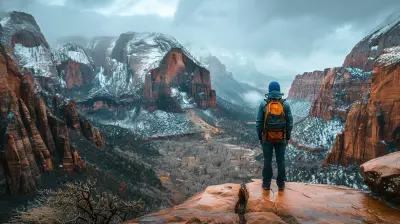The Magic of Machu Picchu: More Than a Ruin
17 November 2025
Perched high in the Andes Mountains, surrounded by lush greenery and shrouded in mist like a scene from a fantasy novel, Machu Picchu isn't just an ancient Incan city—it’s pure magic. It’s the kind of place that feels like it was carved right out of a time when humans and nature spoke the same language. You’ve probably seen the pictures. But trust me, no Instagram post, no travel documentary, and no story can come close to experiencing it in person.
So, what is it about Machu Picchu that makes it feel like more than just old stones and scenic views? Let’s dive deeper into the enchantment of this world wonder and uncover what makes it truly timeless.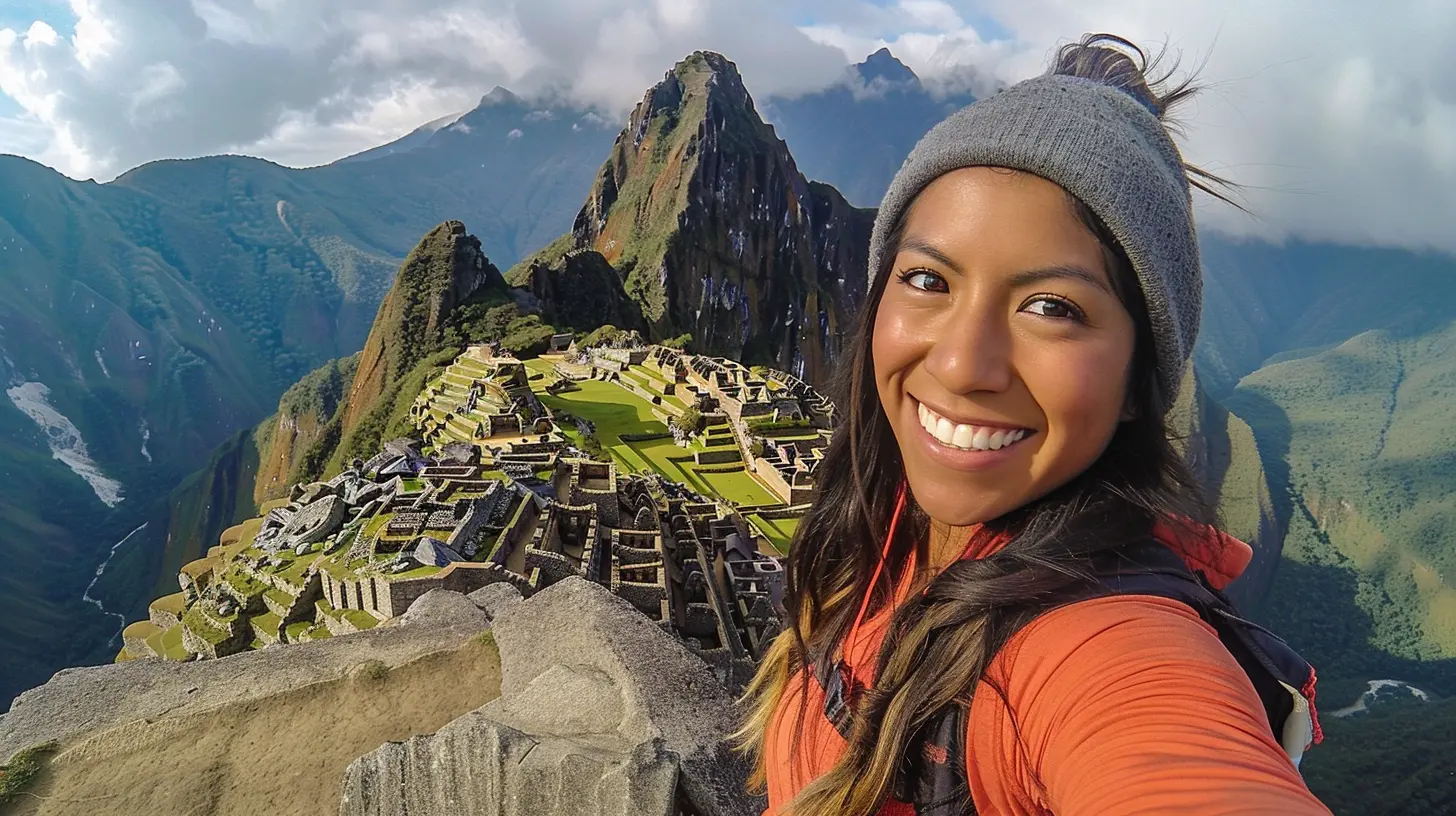
The First Glimpse: A Spiritual Awakening
Ask anyone who’s made the trek up to Machu Picchu, and they’ll tell you—nothing prepares you for that first look. After hours of climbing, navigating the winding trails or hopping onto the train from Cusco, you finally turn a corner, and there it is. It’s not just breathtaking—it's emotional. The air feels different up there, almost electric. You don’t just see Machu Picchu—you feel it.It’s one of those rare travel moments where time seems to slow down. The mountains cradle the city like a protective mother. The clouds swirl around the ruins as if whispering secrets from centuries ago. You can’t help but wonder: how did the Incas build this masterpiece, and why?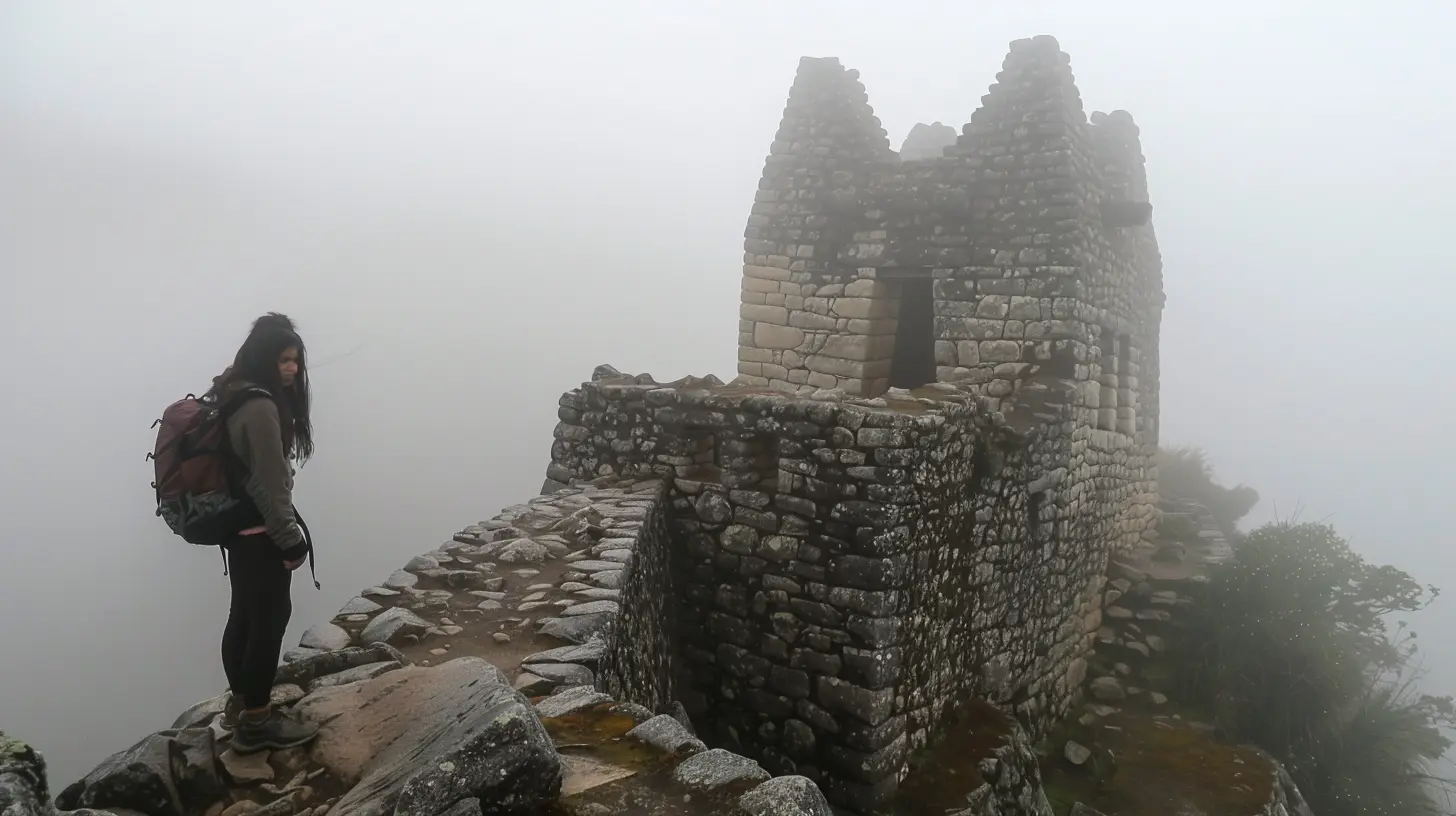
A Living Mystery: The Real Purpose of Machu Picchu
Let’s clear something up—Machu Picchu wasn't a city in the way we think of cities. Historians believe it was constructed around 1450, likely for Inca emperor Pachacuti. But was it a royal estate? A sacred retreat? A ceremonial center?The truth is, no one really knows.
And that’s what makes it so fascinating.
Each stone, each stairway, and each structure might be a clue. But the Incas didn’t leave behind written records, so we're left to piece together the story like archaeologists with a half-complete puzzle. Some say the site aligns with astronomical events, suggesting a spiritual connection to the cosmos. Others speculate it was designed for religious rituals. Whatever the case, Machu Picchu wasn’t just utilitarian—it was purposeful. It feels alive with intention.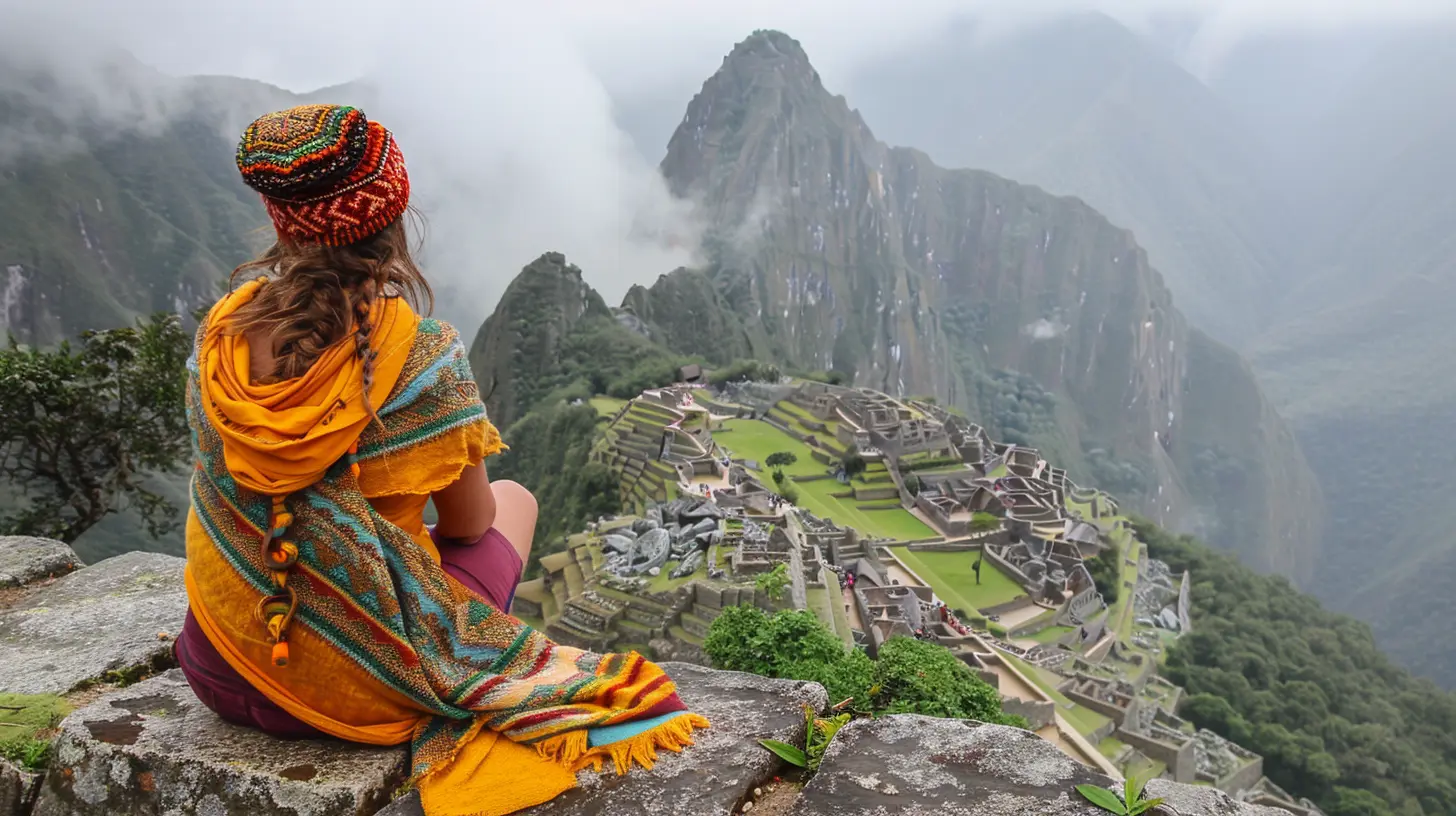
Architecture That Defies Logic (and Gravity)
One of the most mind-boggling things about Machu Picchu is how the Incas managed to build such a complex structure in such an impossible location—on a mountaintop 7,970 feet above sea level.They didn’t use wheels. They didn’t have iron tools. And yet, the precision with which the stones fit together would put modern masons to shame. You couldn't cram a credit card between those stones if you tried.
This construction style, known as "ashlar masonry," not only looks beautiful—it’s earthquake-resistant. Think about that. The Incas weren’t just putting stones on top of each other; they were engineering for the future, for survival. Their deep understanding of the land, seasons, and seismic activity shows a level of sophistication that’s awe-inspiring.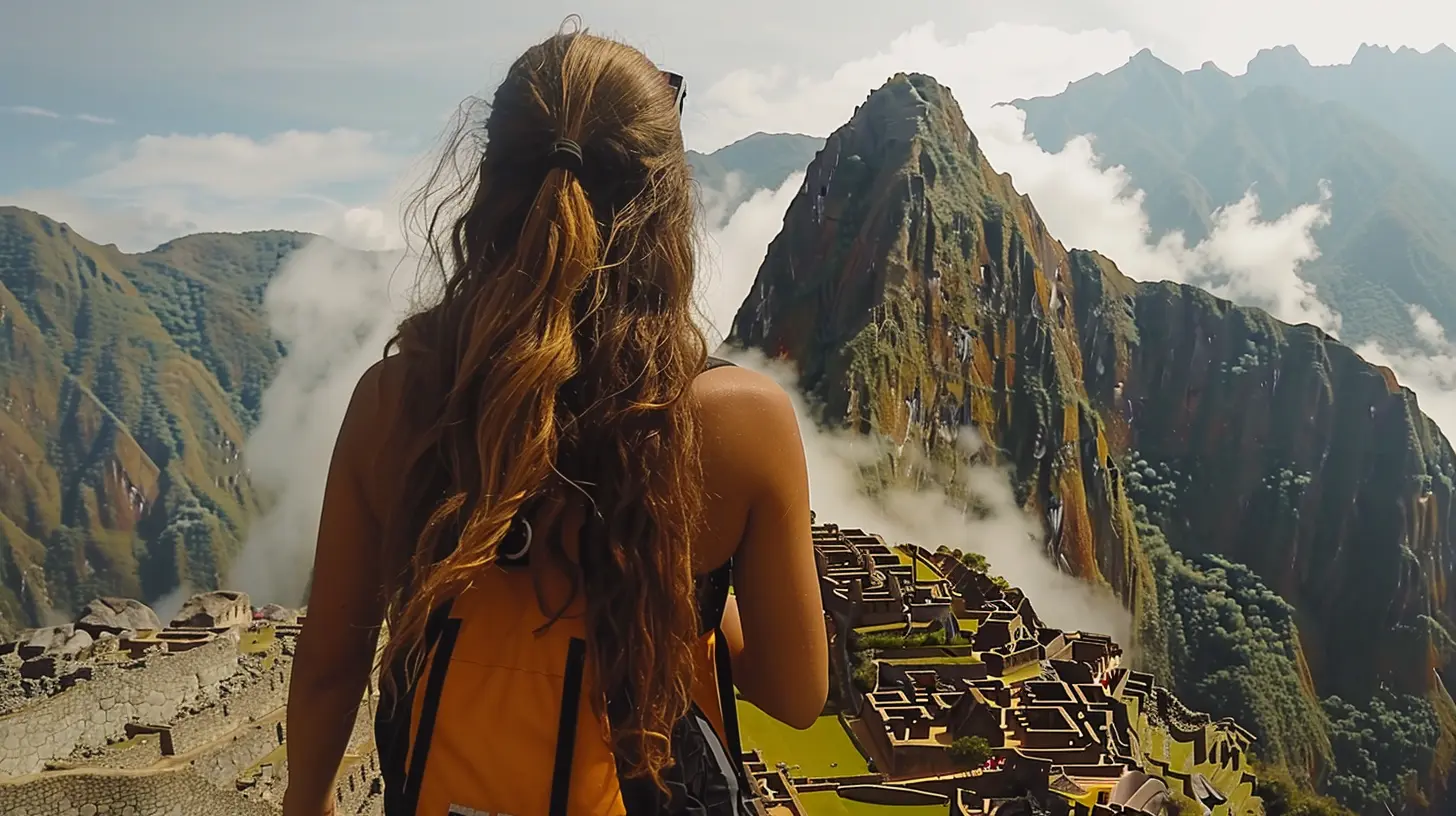
Nature and Man in Perfect Harmony
What makes Machu Picchu truly magical isn’t just the ruins themselves—it’s how they blend seamlessly into the natural environment.It’s as if the mountain wanted Machu Picchu to exist.
The Incas weren’t conquerors of the land; they were collaborators. Terraces carved into steep slopes allowed for farming in one of the trickiest terrains imaginable. The water management system is a masterclass in sustainable engineering. And the orientation of the buildings suggests they were deeply tuned into the sunrise, the solstices, and the stars.
Standing there, you realize something profound: the Incas didn’t just live in nature—they lived with it.
The People Behind the Stones
We often think about Machu Picchu in terms of stones and ruins, but what about the people who lived there?Imagine waking up every morning to mist-covered peaks, performing rituals to Pachamama (Mother Earth), harvesting crops on terraced hillsides, and observing the stars to guide your agricultural calendar. Life wasn’t easy—it was rugged, spiritual, communal. The people of Machu Picchu were skilled, connected, and driven by something greater than progress: purpose.
And while we may never get to meet them, walking through their city somehow makes you feel like you do. Their energy lingers. It's in the stone paths, the silent temples, and the wind that whistles through the ruins.
Not Just a Tourist Attraction
Let’s be real—Machu Picchu is popular. Like, “bucket list” popular. Over a million visitors walk those ancient trails every year. And while it’s tempting to lump it in with other famous landmarks, that would be a mistake.Machu Picchu isn’t just photogenic. It’s not just another checkmark on your travel resume. It’s a teacher.
It teaches us about resilience. About harmony. About mystery and humility.
And it silently challenges every traveler who visits: can you live more intentionally? Can you connect more deeply—with nature, with history, with yourself?
The Inca Trail: The Journey Is the Destination
Sure, you can take the train to Aguas Calientes and hop on a bus to the top. But if you really want to feel the spirit of Machu Picchu, hike the Inca Trail.Four days. Forty-ish kilometers. Altitude sickness. Camping. Mud. Bliss.
It’s not just a hike; it’s a pilgrimage. Along the way, you're surrounded by other ancient ruins, cloud forests, and jaw-dropping vistas that shift your perspective with every step. When you finally arrive at the Sun Gate and look down at Machu Picchu for the first time, you get it.
You understand why it’s more than a ruin.
Sustainable Tourism: Preserving the Magic
With great popularity comes great responsibility.Machu Picchu is a UNESCO World Heritage Site and a fragile ecosystem that’s threatened by over-tourism. Fortunately, Peru has implemented measures to protect it—limited entry tickets, mandatory guides, and strict regulations about what you can bring and how you move through the site.
As travelers, we owe it to the Incas, the mountain, and future generations to respect those guidelines. Leave no trace, take only memories (and photos), and remember—just because something is old doesn’t mean it isn’t fragile.
Local Culture: More Than Just Souvenirs
When you visit Machu Picchu, you're stepping into more than just ancient Incan history—you're entering the heart of Andean culture. The nearby town of Cusco, once the Inca empire's capital, is alive with vibrant traditions, colorful festivals, and warm, welcoming people.Don’t just breeze through. Spend time in the Sacred Valley. Eat traditional Peruvian dishes like cuy (yes, guinea pig!) or lomo saltado. Try your hand at weaving with Quechua artisans. Dance with locals during a festival. Learn a few words in their language.
Remember, travel isn’t just about seeing—it’s about connecting.
A Place That Changes You
There’s something undeniable about Machu Picchu—it leaves a mark.For some, it reignites their sense of wonder. For others, it feels like a spiritual awakening. And for many, it serves as a reminder that people, even centuries ago, were capable of building something grand, meaningful, and beautifully in sync with the natural world.
In a world obsessed with speed, noise, and concrete, Machu Picchu whispers a different message:
Slow down. Be present. Honor the earth. Seek purpose.
Not bad advice from a “ruin,” huh?
Final Thoughts: Why Machu Picchu Is More Relevant Than Ever
Machu Picchu isn’t just a place you visit—it’s a place that speaks to your soul. In its silence, it tells stories. In its structure, it reveals wisdom. And in its mystery, it invites you to ask bigger questions about who you are and how you live.So, is it worth the hype? Absolutely.
But only if you show up with your heart open.
Because the real magic of Machu Picchu… is what it awakens in you.
all images in this post were generated using AI tools
Category:
South America TravelAuthor:

Taylor McDowell

